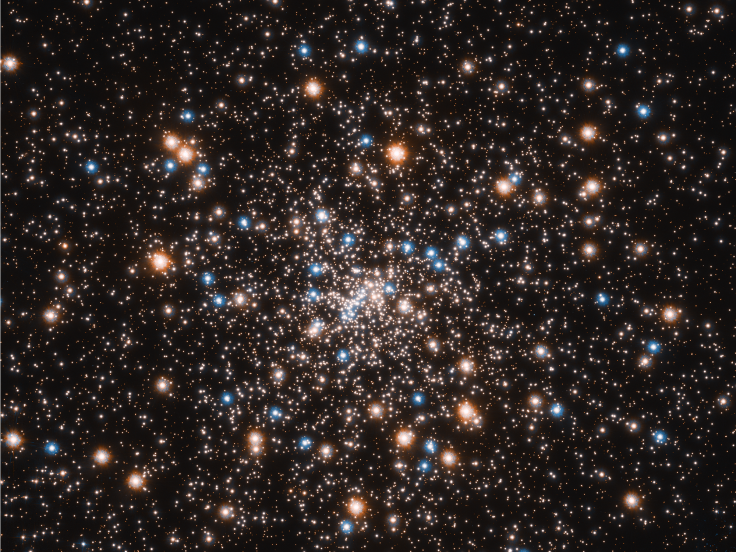Astronomers Spot Mysterious Circular Objects Of Unknown Origin In Space
KEY POINTS
- Scientists discovered 'Odd Radio Circles' of unknown origins in space
- Many of the possible sources of the mysterious signals have been ruled out
- They believe the ORCs are from a new class of astronomical objects
Scientists are reporting the discovery of mysterious circular objects from an unknown source in space. They believe it could be a new kind of astronomical object.
It was during a 2019 survey of the sky, conducted as part of the Evolutionary Map of the Universe (EMU) project, using the Australian Square Kilometre Array Pathfinder (ASKAP), one of the world's most sensitive radio telescope arrays, when scientists first detected the strange signals. Now called Odd Radio Circles (ORC), the three strange objects were circular in shape and were particularly brighter around the edges. All four were only visible in radio wavelengths and, invisible in infrared, optical or X-ray wavelengths.
Initially, the researchers thought it might have been a glitch or perhaps an issue with the instrument but, follow-up observations of ORCs 1 and 2 using the Australia Telescope Compact Array also confirmed the objects. Further, 2013 archival data from the Giant MetreWave Radio Telescope revealed a fourth ORC.
The researchers explained that such circular features in radio astronomical images typically correspond to spherical objects such as a planetary nebula or the remnant of a supernova but, the possibility that these could explain the ORCs was eventually ruled out. Other possible explanations, such as the objects being a face-on star-forming ring galaxy or a ring around a Wolf-Rayet star, were also ruled out as being unlikely.
According to the researchers, the edge-brightening of the ORCs could suggest that they resulted from an event that caused a spherical shock wave but, because of the size of the ORCs, the events that caused them would have occurred in the distant past.
"We have discovered, to the best of our knowledge, a new class of radio-astronomical object, consisting of a circular disc, which in some cases is limb-brightened, and sometimes contains a galaxy at its centre," the researchers wrote in a report. "None of the known types of radio object seems able to explain it."
They were considering the possibility that the ORCs could also be a new category of an already known phenomenon, or perhaps that the four were actually separate phenomena that were just discovered simultaneously.
However, further studies are needed to find out what they really are.
The research paper, which has yet to be peer-reviewed, is available on arXiv and has been submitted to the journal Nature Astronomy.

© Copyright IBTimes 2024. All rights reserved.












